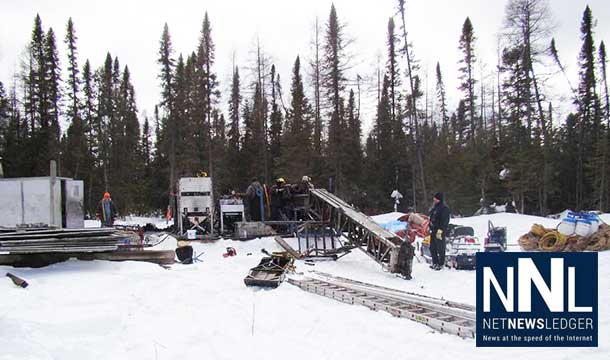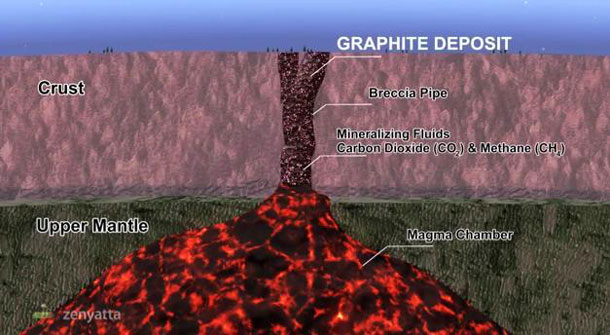Constance Lake First Nation (CLFN) has reached a pivotal moment in its battle against the impacts of a devastating blastomycosis outbreak, with the community-led identification of Blastomyces DNA within its homelands.
This achievement represents only the second successful isolation of Blastomyces in Ontario’s environment since the 1980s, and notably, the first-ever confirmation using a cutting-edge DNA PCR test.
Scientific Milestone: Unveiling Blastomyces in CLFN Territory
Blastomyces, a fungus that poses serious health risks yet remains elusive in environmental studies, has been detected through concerted community efforts and innovative scientific techniques. This pathogen, difficult to locate and study due to its transient nature and undefined habitat, can cause the severe fungal infection known as blastomycosis when its spores are inhaled.
Community-Led Discovery: A Collaborative Effort to Combat Blastomycosis
The outbreak in the fall of 2021, which infected over 50 individuals and led to 5 fatalities, propelled CLFN, alongside Four Rivers, Matawa’s Environmental Services Group, and Laurentian University, to form a dedicated team seeking answers.
Their collaboration and the use of a protocol developed by the University of Minnesota enabled this groundbreaking discovery, emphasizing the power of community-driven research in addressing environmental health concerns.
Innovative Detection Method: Pioneering DNA PCR Test Identifies Fungus
This discovery, facilitated by a novel DNA PCR test, underscores the advancement in environmental sampling and analysis, offering hope for future research to unravel the mysteries of Blastomyces’ life cycle and habitat preferences.
The use of local knowledge, alongside scientific experimentation by Genetic Health of Thunder Bay, played a crucial role in this significant find.
Understanding Blastomycosis: Insights into Environmental Presence and Impact
The detection of Blastomyces DNA not only validates the community’s concerns but also opens new avenues for understanding how environmental factors contribute to the spread of blastomycosis.
This knowledge is invaluable for adapting to its presence, especially in the face of climate change and its potential to increase occurrences of the fungus.
Future Directions: Enhancing Research and Support for Affected Communities
Chief Rick Allen of Constance Lake First Nation emphasized the need for continued effort and adequate funding to prioritize Blastomyces research, highlighting the direct impact on community health and wellbeing.
The partnership and financial support from Indigenous Services Canada’s Climate Change and Health Adaptation Program play a critical role in advancing this crucial work.
This landmark detection of Blastomyces in the environment of Constance Lake First Nation marks a pivotal advancement in understanding and managing the risks associated with blastomycosis, demonstrating the importance of community-led initiatives in environmental health research.







